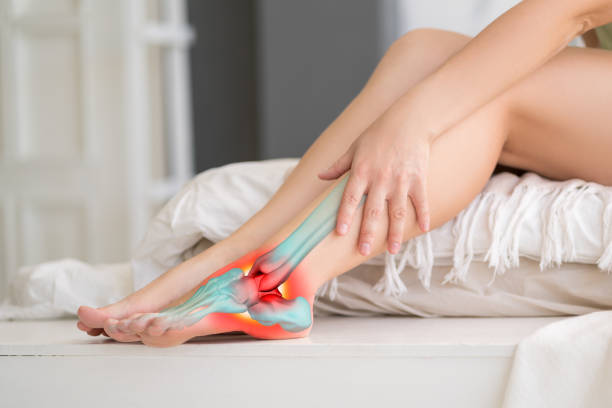
The first step to relieve your pain is to take a walk. If you can’t, you can put ice on your foot for about 15-20 minutes each day. Make sure to avoid putting the ice directly on the skin, though. You can also take painkillers to reduce the inflammation and pain. You can also use heel lifts or walking boots to lessen the discomfort. However, remember to check with your doctor before taking painkillers because some people may not be able to tolerate them.
The first step in reducing your pain is to stop doing activities that cause pain. Try to limit your activity to activities that do not put stress on the Achilles tendon, such as running. You may be prescribed a boot immobilizer or ankle brace to reduce the strain on the tendon. If you’re not sure what exercises to do, you can also apply ice to the affected area. Be sure to remove the ice before the skin becomes numb.
To treat your Achilles tendonitis, stop doing anything that causes pain. Instead, focus on activities that don’t put undue strain on your tendon. For example, if you’re exercising in the morning, try not to run on hills. In addition, you can use call children’s heel pain Adelaide to alleviate the stress on your Achilles tendon. These simple exercises will help to reduce pain and swelling and keep you healthy all year.

Using an ice pack can reduce swelling and pain. It’s best to do this for ten to thirty minutes at a time, but don’t keep the ice on for too long as it will damage your skin. Alternatively, you can wrap an icy bag of frozen peas in a plastic bag and apply it to the painful area. If you can’t do ice, you can use a frozen bag of peas instead.
The first step in treating your Achilles tendonitis is to call Achilles tendonitis Adelaide. While you’re recovering, you should avoid overstretching your Achilles tendon. Affected people should stay in shape all year. Increasing their activity will help prevent your pain and ease your symptoms. If you continue to exercise, it’s important to use a towel or elastic band to gently stretch the area.
A visit to your doctor is important. Your health care provider will examine your foot and may order an MRI to check the condition. If the pain is caused by a bone spur on the back of your heel bone, it’s a good idea to stop doing the activity that causes the pain. Otherwise, the pain can be caused by too much stress on your Achilles tendon. If you want to continue exercising, you should do exercises that do not strain the area.




